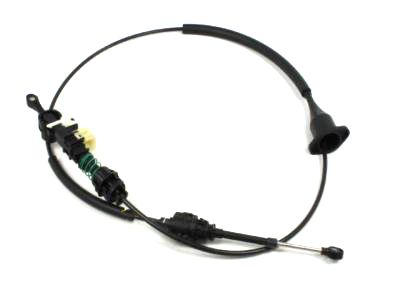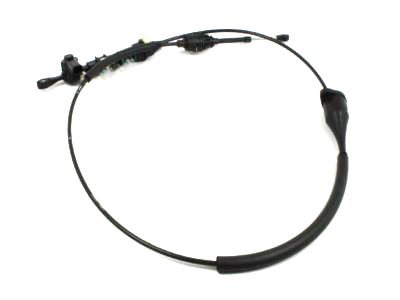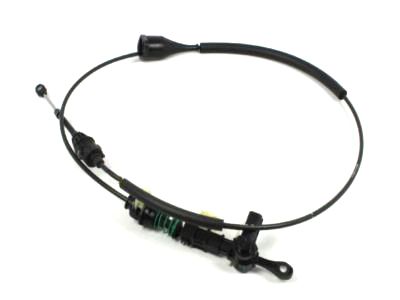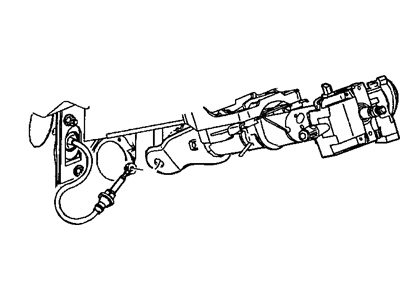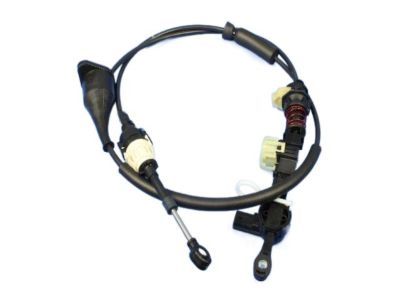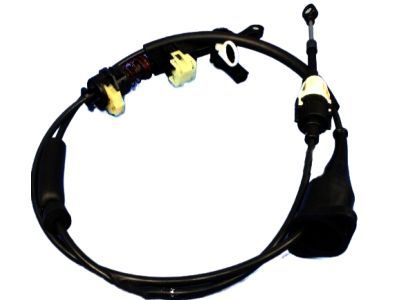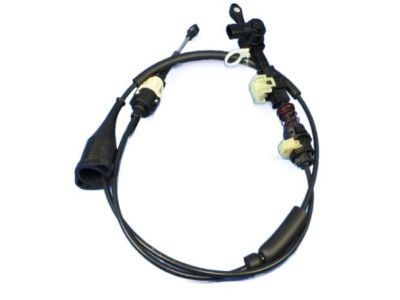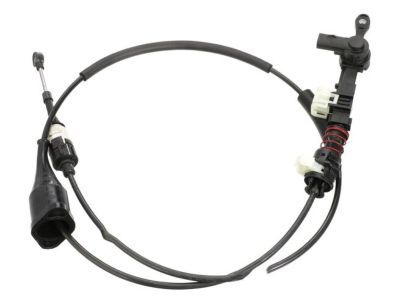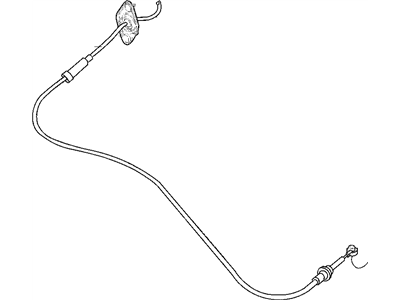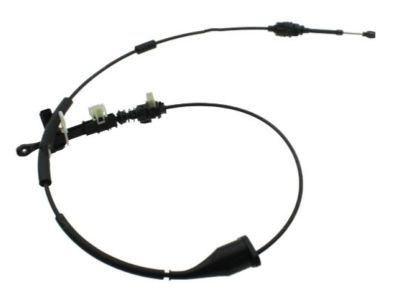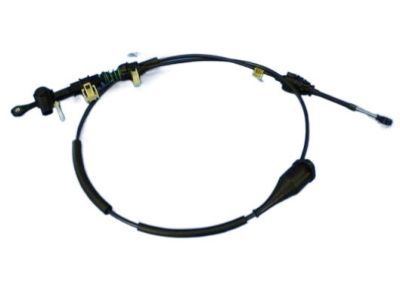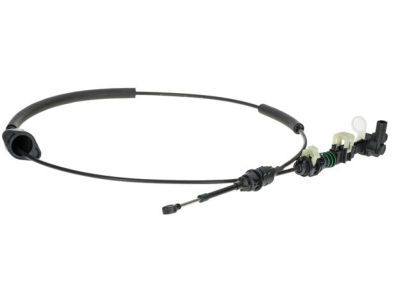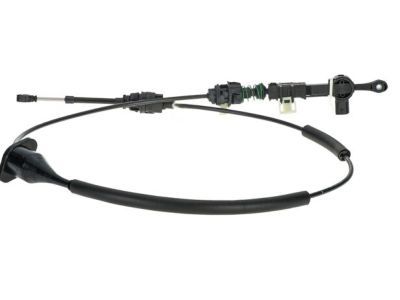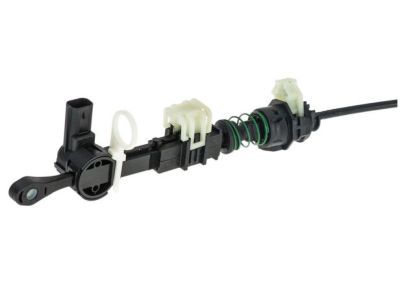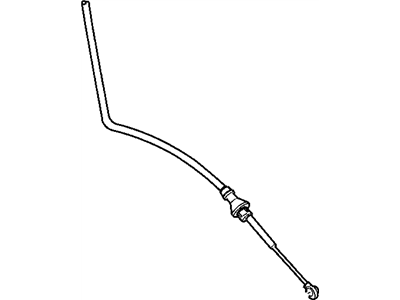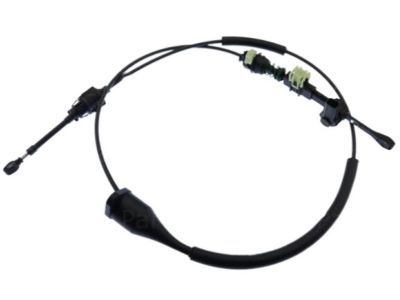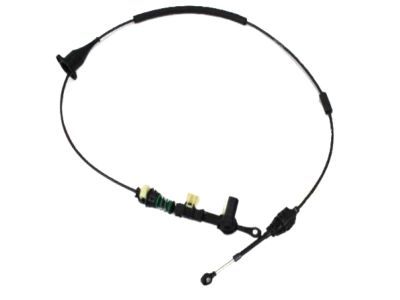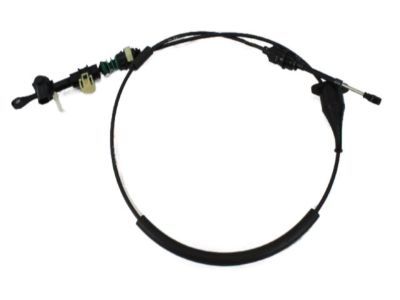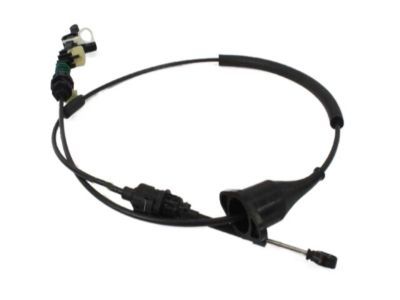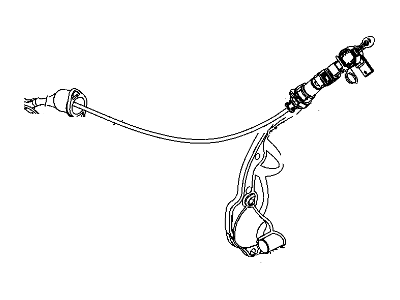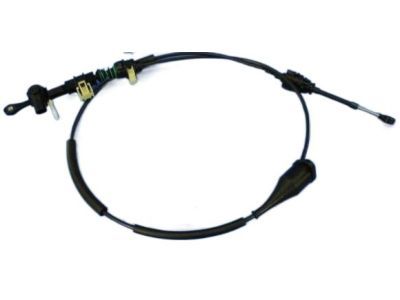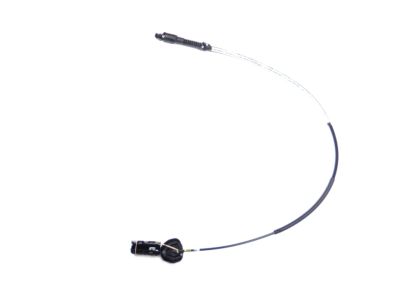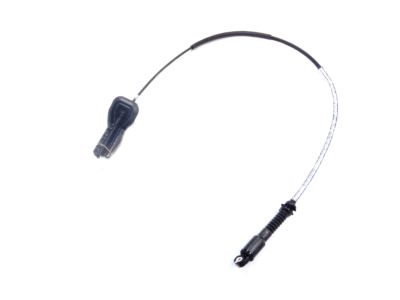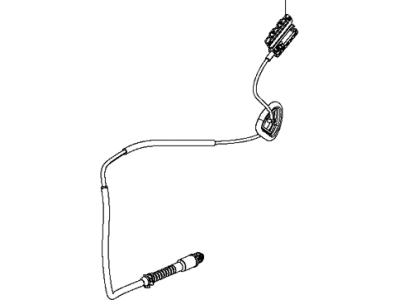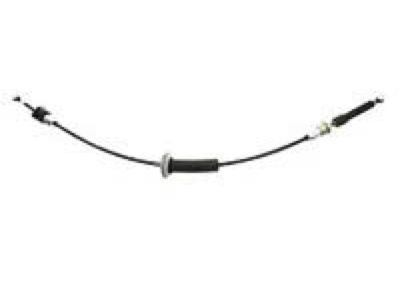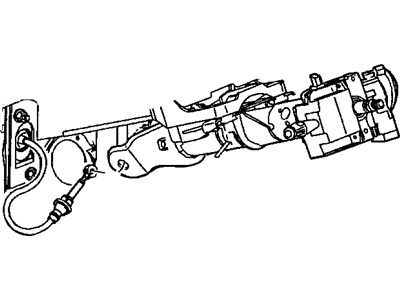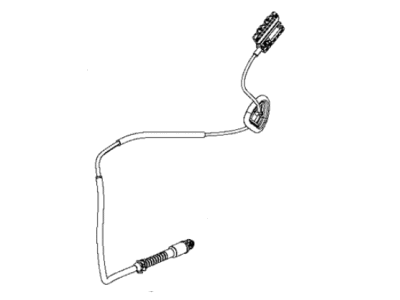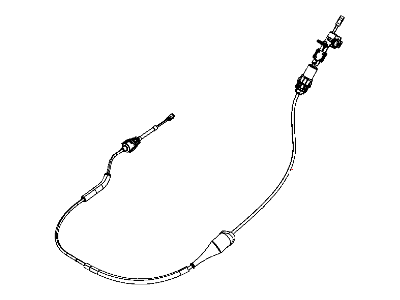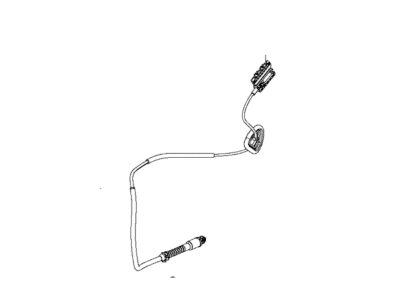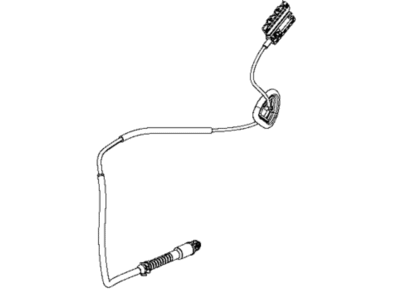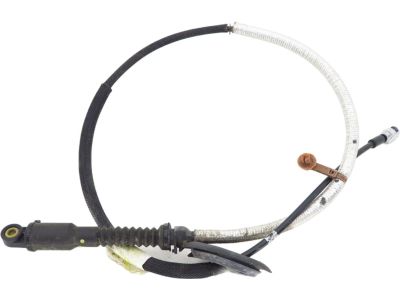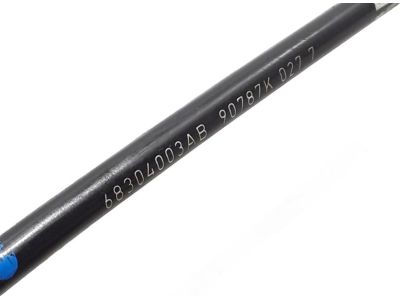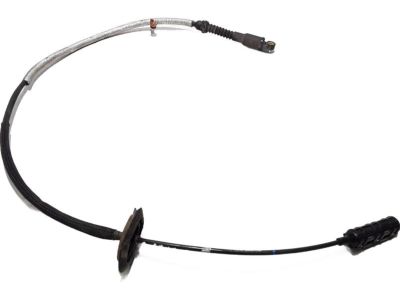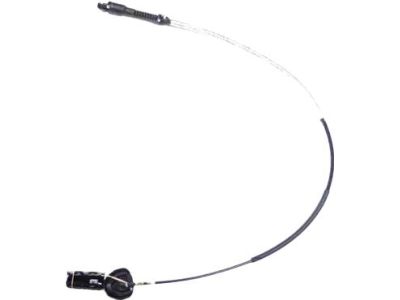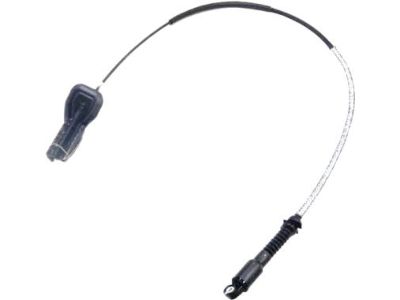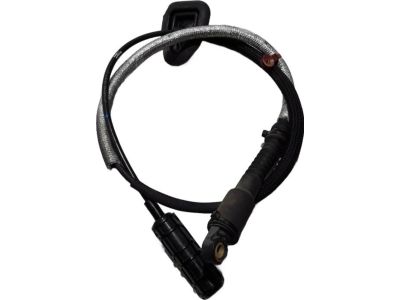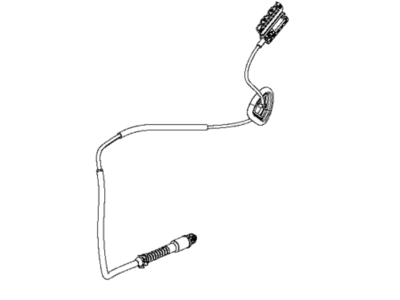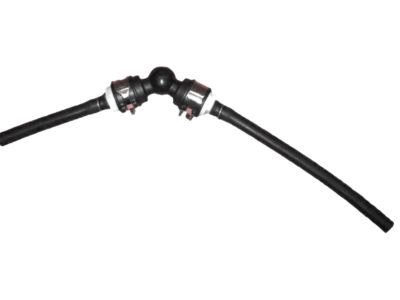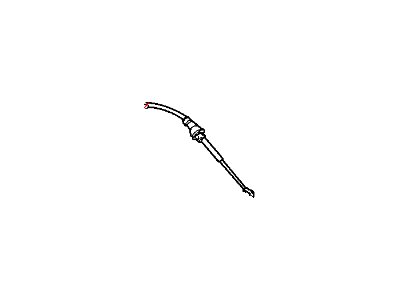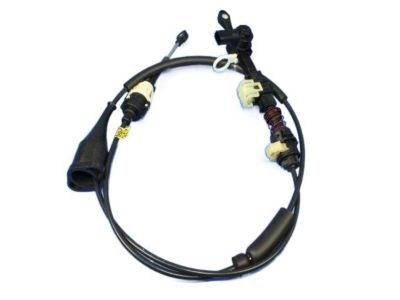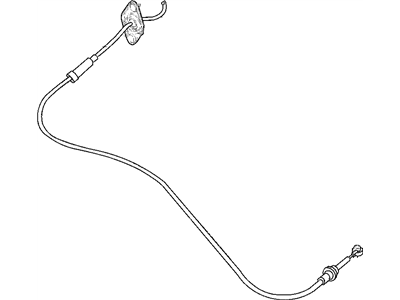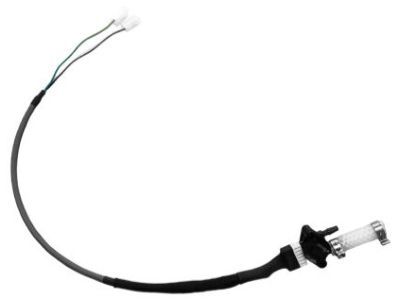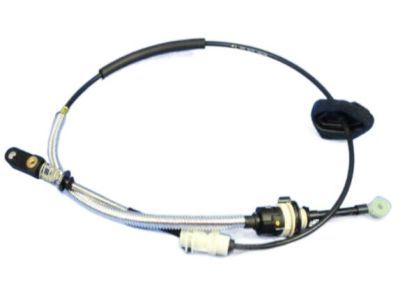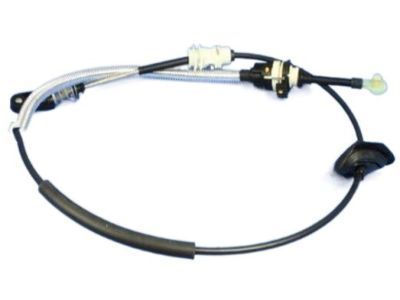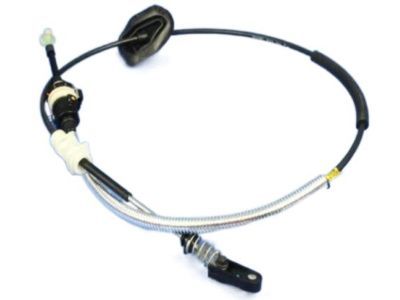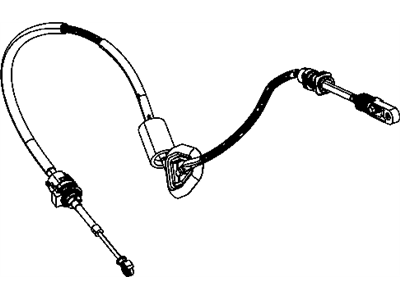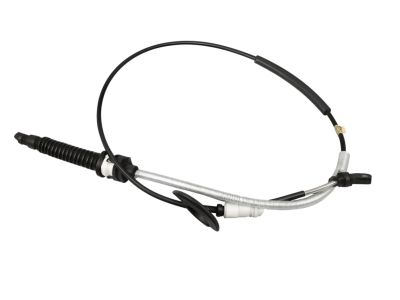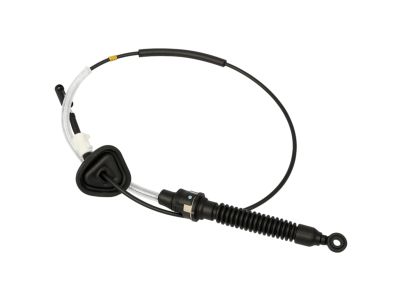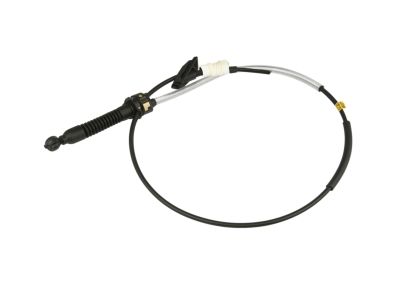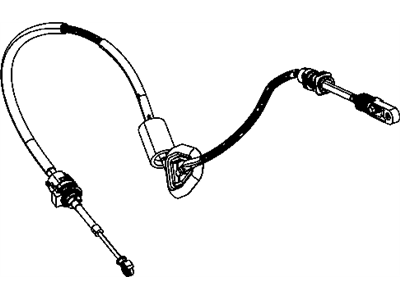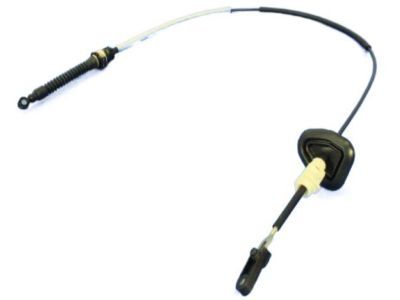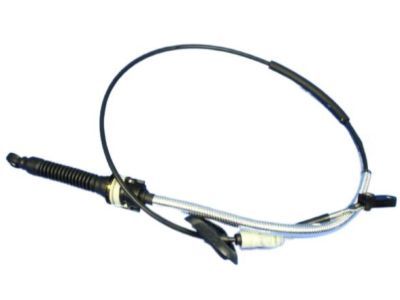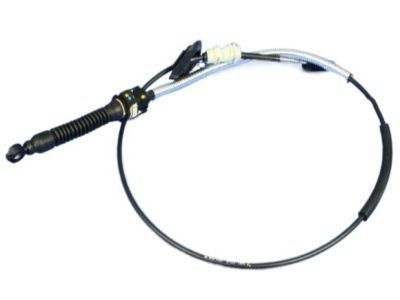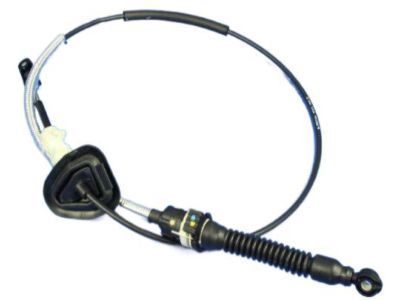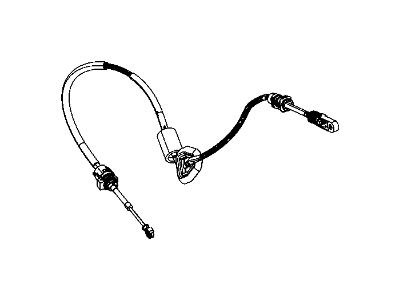
My Garage
My Account
Cart
Genuine Dodge Durango Shift Cable
Transmission Shift Cable- Select Vehicle by Model
- Select Vehicle by VIN
Select Vehicle by Model
orMake
Model
Year
Select Vehicle by VIN
For the most accurate results, select vehicle by your VIN (Vehicle Identification Number).
20 Shift Cables found

Dodge Durango Transmission Shift Cable
Part Number: 52110005AG$137.25 MSRP: $205.00You Save: $67.75 (34%)
Dodge Durango Transmission Shift Cable
Part Number: 52110004AG$165.38 MSRP: $248.00You Save: $82.62 (34%)
Dodge Durango Transmission Shift Cable
Part Number: 55366259AA$141.75 MSRP: $212.00You Save: $70.25 (34%)
Dodge Durango Transmission Shift Cable/Automatic Transmission Shifter Cable
Part Number: 55366259AD$118.13 MSRP: $177.00You Save: $58.87 (34%)
Dodge Durango Transmission Shift Cable
Part Number: 55366259AC$118.13 MSRP: $177.00You Save: $58.87 (34%)
Dodge Durango Transmission Shift Cable
Part Number: 55366259AB$141.75 MSRP: $212.00You Save: $70.25 (34%)
Dodge Durango Cable-Automatic Transmission
Part Number: 68144637AC$49.75 MSRP: $71.20You Save: $21.45 (31%)
Dodge Durango Transmission Shift Cable
Part Number: 52107727AE$259.80 MSRP: $393.00You Save: $133.20 (34%)Dodge Durango Cable-Automatic Transmission
Part Number: 68394556AB$36.73 MSRP: $79.30You Save: $42.57 (54%)Dodge Durango Transmission Shift Cable
Part Number: 55366259AF$118.13 MSRP: $177.00You Save: $58.87 (34%)Dodge Durango Cable-Automatic Transmission
Part Number: 68391489AB$56.62 MSRP: $81.30You Save: $24.68 (31%)Dodge Durango Cable-Automatic Transmission
Part Number: 68304003AA$49.75 MSRP: $71.20You Save: $21.45 (31%)Dodge Durango AUTOMATIC TRANSMISSION
Part Number: 68584431AA$43.57 MSRP: $62.45You Save: $18.88 (31%)
Dodge Durango Cable-Automatic Transmission
Part Number: 68304003AB$49.75 MSRP: $71.20You Save: $21.45 (31%)
Dodge Durango Transmission Shift Cable
Part Number: 52110005AC$27.55 MSRP: $39.45You Save: $11.90 (31%)




Dodge Durango Shift Cable
Looking for affordable and high-quality auto parts? Then you have already arrived at the proper online shop. We offer all Dodge Durango Shift Cable at great affordable prices. Moreover, all genuine Dodge Durango Shift Cable come with a manufacturer's warranty. In the long run, you would realize you have saved a lot of trouble and money with OEM parts from here.
Dodge Durango Shift Cable Parts Questions & Experts Answers
- Q: How do you properly adjust the shift cable and troubleshoot the Transmission Range (TR) sensor on Dodge Durango?A:Firmly apply the parking brake and try to momentarily operate the starter in each shift lever position; it should only operate when the shift lever is in PARK or NEUTRAL. If it operates in any other position, adjust the shift cable. If the issue persists after adjustment, the Transmission Range (TR) sensor may be defective. To adjust the shift cable, place the shift lever in PARK, remove the knee bolster, and release the shift cable adjuster lock tab. Raise the vehicle securely on jackstands, ensuring the rear is also elevated to turn the driveshaft. At the transmission end of the cable, pry the cable end off the manual shift lever and verify that the manual shift lever is fully in the PARK position. Check that the park lock pawl is engaged by attempting to rotate the driveshaft, which should not move if correctly engaged. Reconnect the shift cable to the manual shift lever, lower the vehicle, and ensure the engine starts with the parking brake applied. Snap the cable adjuster lock tab into place, and if the starter still operates in positions other than PARK and NEUTRAL, replace the Transmission Range (TR) sensor. For replacement, ensure the shift lever is in PARK, raise the vehicle securely, pry the cable end off the manual shift lever, lower the vehicle, and remove the knee bolster and steering column covers. Remove the shift cable grommet from the firewall, disconnect the electrical connector from the Brake Transmission Shift Interlock (BTSI) solenoid, and pry the cable end off the lever on the steering column. To disengage the cable assembly from the lower steering column bracket, squeeze the two tangs on the cable housing and pull the assembly straight down, then remove the grommet from the firewall and pull the cable through. Installation is the reverse of removal, followed by adjusting the cable.
Related Dodge Durango Parts
Browse by Year
2023 Shift Cable 2022 Shift Cable 2021 Shift Cable 2020 Shift Cable 2019 Shift Cable 2018 Shift Cable 2017 Shift Cable 2016 Shift Cable 2015 Shift Cable 2014 Shift Cable 2013 Shift Cable 2012 Shift Cable 2011 Shift Cable 2009 Shift Cable 2008 Shift Cable 2007 Shift Cable 2006 Shift Cable 2005 Shift Cable 2004 Shift Cable 2003 Shift Cable 2002 Shift Cable 2001 Shift Cable
